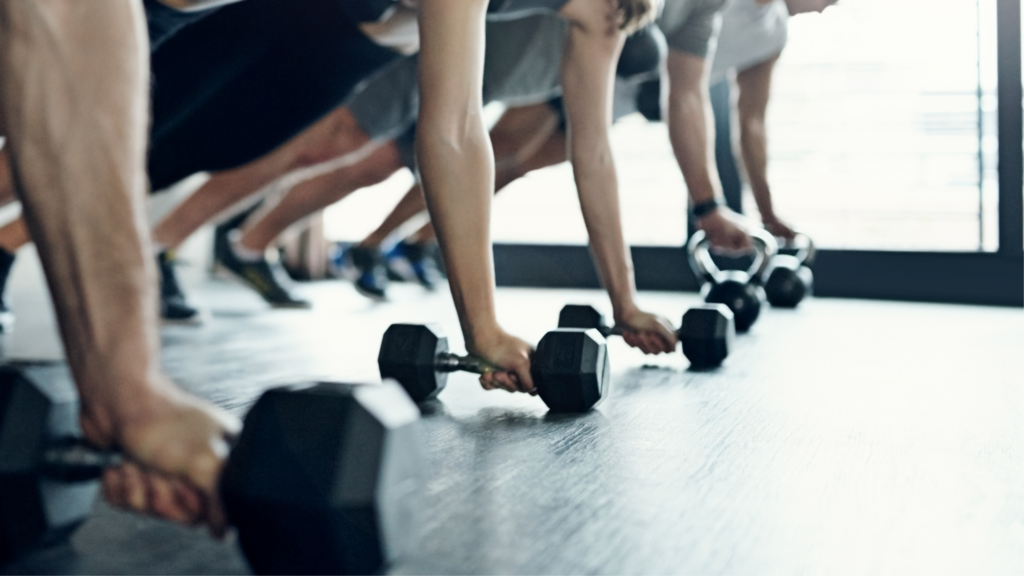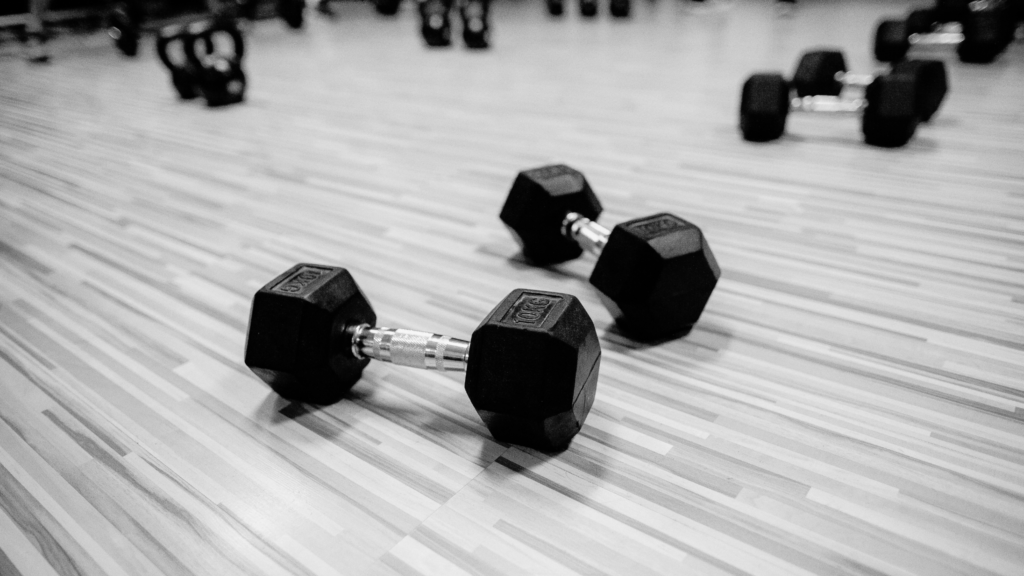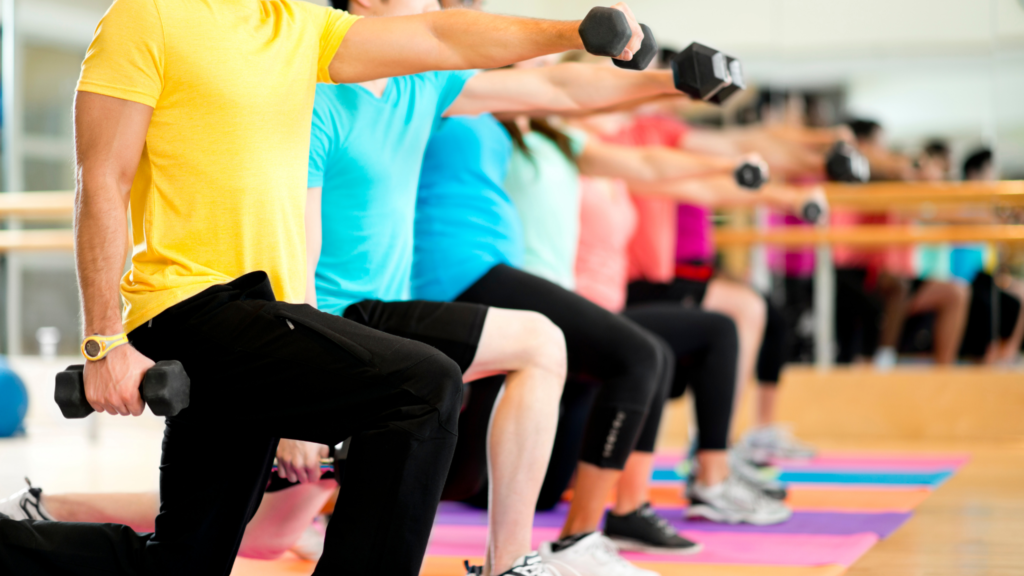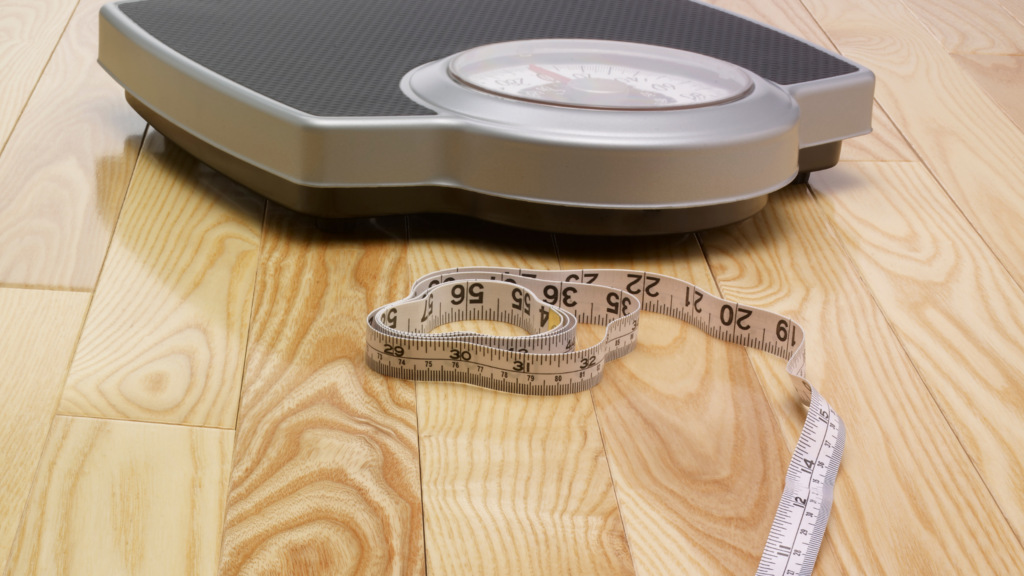Group fitness sessions Monday-Friday
EARLY BIRD SESSIONS
4AM
5AM
6AM
7AM
8AM – NO SESSION
MID-MORNING SESSIONS
9AM
10AM
11AM
12PM
MID-DAY BREAK
1PM – NO SESSION
2PM – NO SESSION
3PM – NO SESSION
EVENING SESSIONS
4PM
5PM
6PM
7PM (FINAL SESSION)

FREEDOM IN OUR 12 SESSIONS PER DAY
Kitefit has a unique perspective when it comes to sessions and scheduling throughout the day. It may not be well known that most gyms don’t offer free flowing scheduling, so that if you miss a scheduled session, you will have to call or make contact the trainer to re-schedule which class or session you’d like to attend. At Kitefit, we only care that you actually attend any session at any time throughout any day… in other words, our concern is your health and wellness, and there’s no need for you to call or make contact with us to tell us which class or session you’d like to attend, and that means that you have more freedom throughout your week, so that showing up at a later session in the day if you miss your planned session is no problem at all. This gives flexibility and that we hope will increase the amount of times you can make it to the gym per week. With our flat monthly fee, this means you could even attend more than one, or all of the classes during the day, or you could come once a week if you wanted. There’s nothing holding you back and we encourage you to attend as many classes as you are able to without complicated scheduling or pre-planning. We know you have a lot going on and we’re here to support your schedule to allow you the most freedom possible so that you can get to the gym as much as you’re ab;e to, so that we can partner with you in your success in every possible way.

WHAT IS HIIT?
HIIT is a term used to describe levels of the heart rate and/or intensity during a workout. At Kitefit we modify intensity levels and exercises to fit the individuals’ current abilities. Our member’s safety and well-being is our highest priority.
We apply full-body HIIT style work-outs including core, cardio, TRX, strength training, and more. HIIT is an acronym for High-Intensity Interval Training. HIIT is an important part of the modified Kitefit system. High-intensity interval training (HIIT) is a type of interval training that involves alternating brief bursts of strong anaerobic exercise with shorter bursts of less intense anaerobic exercise until you’re too exhausted to continue. The workout isn’t just about cardio; it frequently incorporates short bouts of weightlifting as well.
Though there is no set length for a HIIT session, these hard workouts, at Kitefit, we make absolutely sure that each individual session lasts 45-50 minutes with frequent breaks between sets. The times can of course vary depending on the participant’s current level of fitness.
In addition, classic HIIT was designed to last no more than 20 seconds on and 10 seconds off, and the anaerobic energy system would be activated as a result of this. However, the duration of a HIIT session affects the intensity of each designed workout since they use anaerobic energy systems, which are designed for short, quick bursts. We do go as much as 45/15 as well sometimes as well. The frequent breaks are designed for good quality rests that will allow the body to re-adjust prior to the start of the next set.
HIIT workouts provide improved athletic capacity and condition as well as improved glucose metabolism. Compared with longer sessions typical of other regimens, HIIT may not have been originally designed to be as effective for treating hyperlipidemia and obesity or improving muscle and bone mass, However, research has shown that HIIT regimens produced significant reductions in the fat mass of the whole body.
Some researchers also note that HIIT requires “an extremely high level of subject motivation” and question whether the general population could safely or practically tolerate the extreme nature of the exercise regimen, but at Kitefit we mix in short sets of strength training, core, and other full-body workouts that allow for adequate rest between sets and a workout that will make sure your body is at its best with a little determination and grit no matter your age, body-type or gender.

BENEFITS OF HIIT:
HIGH INTENSITY INTERVAL TRAINING (HIIT) FOR HEART HEALTH
High-intensity interval training (HIIT) is beneficial to the heart. According to studies, high-intensity interval training (HIIT) helps you have a healthy heart and circulatory system by lowering heart disease risk factors, blood pressure, and cholesterol. Overall, the cardiovascular and metabolic benefits of HIIT reduce the chance of death from cardiovascular disease and are generally considered safe for individuals who are suffering from certain types of heart disease.
After a HIIT workout, a healthy adult’s maximum heart rate can reach 159 beats per minute.
HIIT has been shown to lower cardiovascular mortality by 5%.
In persons with chronic heart failure, 3.5 weeks of high-intensity interval training boosted left ventricular output by 9.1%.
CHF patients who underwent this type of training saw a 5.3 percent reduction in their resting heart rate.
The availability of nitric oxide is increased by 36% after a high-intensity workout, which enhances blood circulation.
After 24 HIIT sessions, the relative risk of metabolic syndrome for persons who have had a myocardial infarction is 0.5.
Participants in a study revealed a 23 percent decrease in systolic blood pressure after 22 HIIT sessions, but no significant difference in diastolic blood pressure.
After 36 sessions of high-intensity interval training, triglycerides are lowered by 18%.
Overweight people who conducted HIIT for 12 weeks saw a 20% reduction in their low-density lipoproteins (LDL).
Obese persons who participated in 12-week high-intensity exercise programs saw their total cholesterol drop by 18.4%.

WEIGHT LOSS
People look to cardio for help with fat loss as one of the key benefits. Because HIIT is designed to help the body burn calories in a shorter period of time than moderate-intensity continuous training, it is one of the best kinds of cardio for weight loss. This type of workout also boosts metabolism afterward. People can enhance their fat metabolism and muscular tone by doing short bursts of exercise.
A meta-analysis of sprint interval training found that it burns 36.34 percent more calories than moderate-intensity continuous exercise while taking much less time.
After 30 minutes of rigorous workouts, one minute of intense workouts burns roughly 12.62 calories.
Obese persons who did high-intensity interval training for 12 weeks lost 3.6 kg, according to various studies.
Seniors who did HIIT for 12 weeks dropped an average of 2.57 kilograms.
10 weeks of high-intensity interval training (HIIT) can result in a 2-kilogram reduction in whole-body fat mass (BFkg).
After 10 weeks of hard training, the waist circumference is lowered by 3 cm.
After 12 weeks of rigorous workouts, abdominal visceral fat can be reduced by 19.5 percent.
Total body fat can be reduced by 1.26 percent in four weeks of high-intensity interval training.
After four weeks of high-intensity exercise, fat mass is reduced by 1.38 kg.
After 33 HIIT workouts, the BMI was reduced by 1.7 percent.
After 33 HIIT sessions, patients with cardiac problems had a 7.4% reduction in waist circumference.
Seniors who did HIIT for 12 weeks dropped an average of 2.57 kilograms.

MUSCLE, FITNESS, STRENGTH AND CONDITIONING
HIIT is good for your heart, but it can also help you gain muscle and strength. Combining high-intensity interval training (HIIT) with the benefits of rowing machine workouts can help people tone muscles, increase conditioning, strength, and overall fitness.
Seniors who conducted HIIT workouts for 12 weeks saw an increase of 0.8 kg in skeletal muscle mass.
For many hours after exercise, HIIT has been demonstrated to increase the production of human growth hormone (HGH) by up to 450 percent.
When compared to continuous training, six weeks of HIIT sessions can boost peak power production by 8% on average.
Some exercise advantages, such as 8 weeks of high-intensity interval training, boosted upper body strength by 67.8%.
By exercising HIIT three times a week for eight weeks, leg muscular strength rose by 7.6%.
Multimodal HIIT (a combination of strength exercises and HIIT) was found to be more effective than traditional HIIT in increasing muscle strength; squat endurance increased by 280 percent, broad jump distance increased by 6%, deadlift increased by 18 percent, leg press increased by 27 percent, and squats increased by 39 percent.
Even when master athletes lowered their workout volume from 281 minutes per week to 4.5 minutes per week, their peak power production increased by 8%.
Patients with heart disease who did 10 weeks of HIIT increased their oxygen consumption by 17.9%.
After 12 weeks of HIIT training, respiratory muscle performance has increased by at least 43%.
Overweight and obese women who practiced HIIT four times a week for five weeks increased their VO2 peak values by 9.1%.
Seniors who conducted HIIT for 28 weeks noticed a 26% reduction in their oxygen consumption.

DIABETES MANAGEMENT AND PREVENTION
One out of every ten Americans has diabetes, and one out of every three persons is at risk. People don’t exercise for a variety of reasons, the most common of which is a lack of time, which leads to diabetes.
Men with type 2 diabetes who practiced HIIT in the afternoon had 11.3 percent lower blood sugar levels than those who did HIIT in the morning.
HbA1c, or average blood sugar over a period of two to three months, has fallen by 0.27 percent.
People with type 1 diabetes who completed a combination of vigorous exercise and strength training three times a week for four weeks had a 15% reduction in their usual insulin dosage.
People at risk of diabetes saw a 0.6 percent decrease in HbA1c after 8 weeks of high-intensity interval workouts.
Extensive study has shown that high-intensity interval training (HIIT) enhances insulin sensitivity, which means the body’s use of insulin, and sugar absorbtion is improved.

MENTAL AND EMOTIONAL HEALTH AND WELLNESS
Exercising causes the body to produce endorphins, a hormone that helps you manage pain and feel good. In addition, increasing physical exercise lowers stress chemicals such as adrenaline and cortisol. HIIT, despite being a high-intensity workout, has the same effect.
Participants in an 8-week HIIT fitness program saw a 14.6 percent reduction in anxiety.
People who participated in a 10-week intensive fitness program saw a 36.8% reduction in depression induced by a health issue.
Short, vigorous fitness routines are appealing for overweight adults, as indicated by a 93.4 percent adherence rate.
Working out with high-intensity interval training (HIIT) two to three times per week for eight weeks enhanced job productivity by 7.2 percent.
High-intensity interval workouts enhanced motivation by 4.9 percent after 8 weeks.
Those who participated in the 8-week HIIT program reported a 2.2 percent boost in workplace happiness.
Estradiol was reduced by 50.3 percent, a hormone associated to depression and other health problems in women who attended HIIT classes 4-5 times per week for 5 weeks straight.

JOINT AND BONE HEALTH
Bone brittleness has been know to lead to serious injuries, but it can be avoided by doing high-intensity interval training. High-impact workouts like jumping rope, according to multiple studies, improve bone density in the back and lower limbs.
Rheumatoid arthritis progression was reduced by 38% in older persons who underwent 10 weeks of HIIT.
After 10 weeks of HIIT training, people with rheumatoid arthritis see a 55.8% reduction in swollen joints.
Rheumatoid arthritis discomfort was reduced by 29.3% after ten weeks of high-intensity interval training.
After 24 weeks of aquatic HIIT, postmenopausal women’s bone density rose by 6-16 percent.

CANCER PREVENTION AND MANAGEMENT
Aerobic exercise, such as walking or riding a bike, has been shown to reduce the incidence of certain cancers, but there hasn’t been enough research done on HIIT. Cancer patients, on the other hand, have been found to benefit from HIIT.
A study of breast cancer patients undergoing chemotherapy found that adding resistance and high-intensity interval training to their exercise routine for 16 weeks reduced cancer-related fatigue by 8.6%.
Chemotherapy causes women with breast cancer to gain 5 kg, while those who exercised HIIT two days a week for 16 weeks did not gain weight.
Another advantage of this sort of exercise is that it has been shown to improve cancer survivors’ pressure pain threshold.

JOY AND QUALITY OF LIFE
HIIT, like other health and wellness activities, enhances a variety of physiological processes. These enhancements have a substantial positive impact on a person’s overall well-being, allowing them to enjoy their life more fully.
The reduction of all-cause mortality by 8% is attributed to 12 weeks of high-intensity intervals.
A study found that after 8 weeks of HIIT, individuals gained 0.76 hours of sleep on weekdays.
Participants in a 12-week HIIT program for sleep apnea reduced their occurrences by 7.5 per hour.

